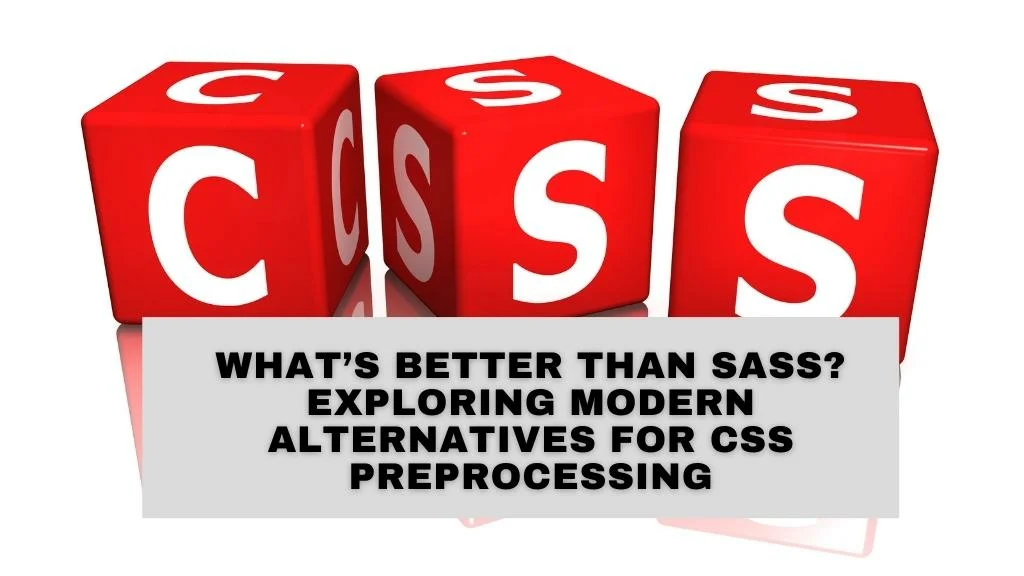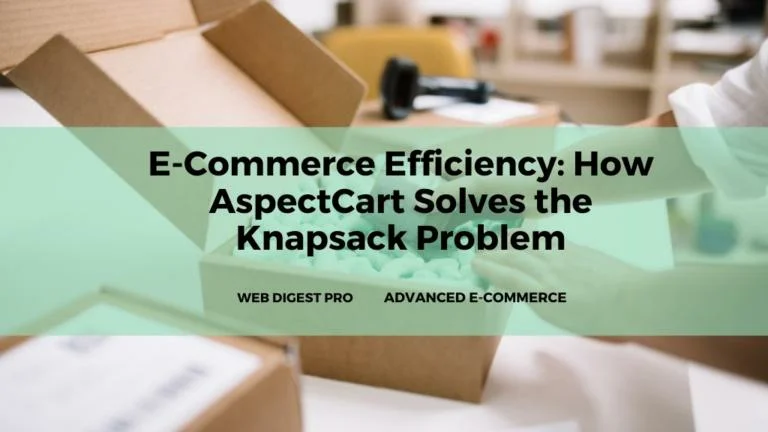When it comes to writing maintainable and organized stylesheets, Sass (Syntactically Awesome Style Sheets) has been a go-to preprocessor for many developers. However, with the evolving landscape of web development, several alternatives and newer technologies have emerged. Deciding what is “better” than Sass depends on your specific needs and preferences. Here, we explore some noteworthy alternatives and their unique features to help you choose the best tool for your project.
1. SCSS
What It Is: SCSS is an extension of Sass that uses a more CSS-like syntax.
Why Consider It:
- Familiarity: Fully compatible with CSS, making it easier for developers familiar with CSS to transition.
- Readability: Many developers prefer SCSS for its readability and familiarity.
2. Less
What It Is: Less is another popular CSS preprocessor with features similar to Sass.
Why Consider It:
- Simplicity: Some developers prefer Less for its simplicity and ease of use.
- Compatibility: Offers good compatibility with existing CSS.
3. Stylus
What It Is: Stylus is a CSS preprocessor known for its minimalist and indentation-based syntax.
Why Consider It:
- Flexibility: Known for its flexibility and conciseness.
- Customization: Ideal for developers who prefer a more minimalistic approach.
4. PostCSS
What It Is: PostCSS is a tool for transforming CSS using JavaScript plugins, rather than a traditional preprocessor.
Why Consider It:
- Customization: Highly customizable with plugins for tasks like autoprefixing and minification.
- Versatility: Works well in conjunction with other tools and frameworks.
5. CSS-in-JS
What It Is: This approach involves writing CSS directly in JavaScript using libraries like styled-components for React.
Why Consider It:
- Integration: Ideal for component-based styling in modern JavaScript frameworks.
- Maintainability: Encourages a more encapsulated approach to styling.
6. CSS Variables (Custom Properties)
What It Is: Native CSS feature that allows for creating reusable, dynamic values.
Why Consider It:
- Lightweight: Doesn’t require a preprocessor.
- Dynamic Styling: Suitable for basic theming and dynamic styling.
7. Tailwind CSS
What It Is: A utility-first CSS framework that promotes a different approach to writing CSS.
Why Consider It:
- Efficiency: Great for rapid development and prototyping.
- Structure: Offers a unique method for structuring styles.
Detailed Comparison of CSS Preprocessing and Styling Approaches
Sass (SCSS)
- Pros: Mature, widely adopted, offers a familiar CSS-like syntax, strong community support, great for large and complex stylesheets.
- Cons: Learning curve for beginners.
Less
- Pros: Simple syntax, good compatibility, well-documented, active user base.
- Cons: Smaller ecosystem compared to Sass.
Stylus
- Pros: Minimalistic, concise syntax, highly flexible, great for lightweight approach.
- Cons: Smaller ecosystem and community support.
PostCSS
- Pros: Versatile, highly customizable with plugins, works well with other tools.
- Cons: Not a traditional preprocessor, which may be a drawback for some.
CSS-in-JS
- Pros: Integrates CSS with JavaScript, ideal for modern frameworks, promotes encapsulation.
- Cons: Can lead to larger bundle sizes.
CSS Variables
- Pros: Native feature, lightweight, suitable for dynamic styling.
- Cons: Limited to basic theming compared to preprocessors.
Tailwind CSS
- Pros: Utility-first framework, rapid development, promotes consistency.
- Cons: Steeper learning curve for those unfamiliar with utility-first approach.
Choosing the Right Tool
The choice between these options depends on your specific project requirements, team familiarity, and personal preferences as a developer. Factors to consider include:
- Project Complexity: More complex projects may benefit from the robustness of Sass or SCSS.
- Existing Ecosystem: Consider the tools and frameworks your project is already using.
- Team Skills: Choose a tool that matches the skill level of your development team.
- Customization Needs: Some tools offer more customization options than others.
Wrap Up
The web development landscape is continuously evolving, and so are the tools available for CSS preprocessing and styling. While Sass remains a powerful and widely-used option, alternatives like SCSS, Less, Stylus, PostCSS, CSS-in-JS, CSS Variables, and Tailwind CSS each offer unique advantages. Evaluate your project’s specific needs and team preferences to determine which tool is best for you. Staying up-to-date with industry trends and developments will also help ensure you are using the most effective and efficient tools available.
Written by Dimitrios S. Sfyris, developer and founder of AspectSoft, a software company specializing in innovative solutions. Follow me on LinkedIn for more insightful articles and updates on cutting-edge technologies.
Subscribe to our newsletter!












+ There are no comments
Add yours